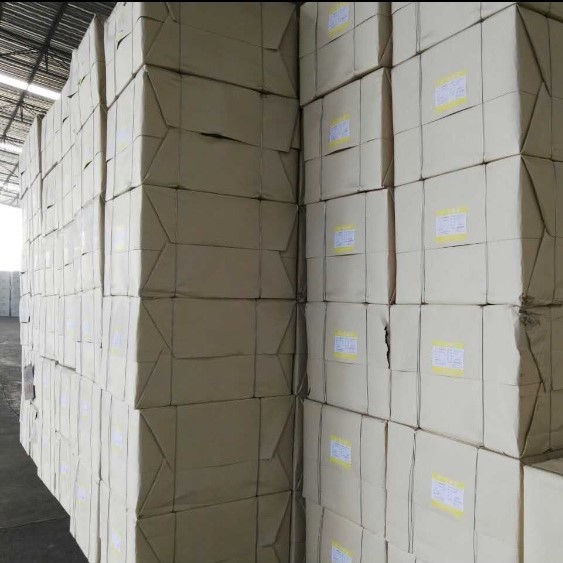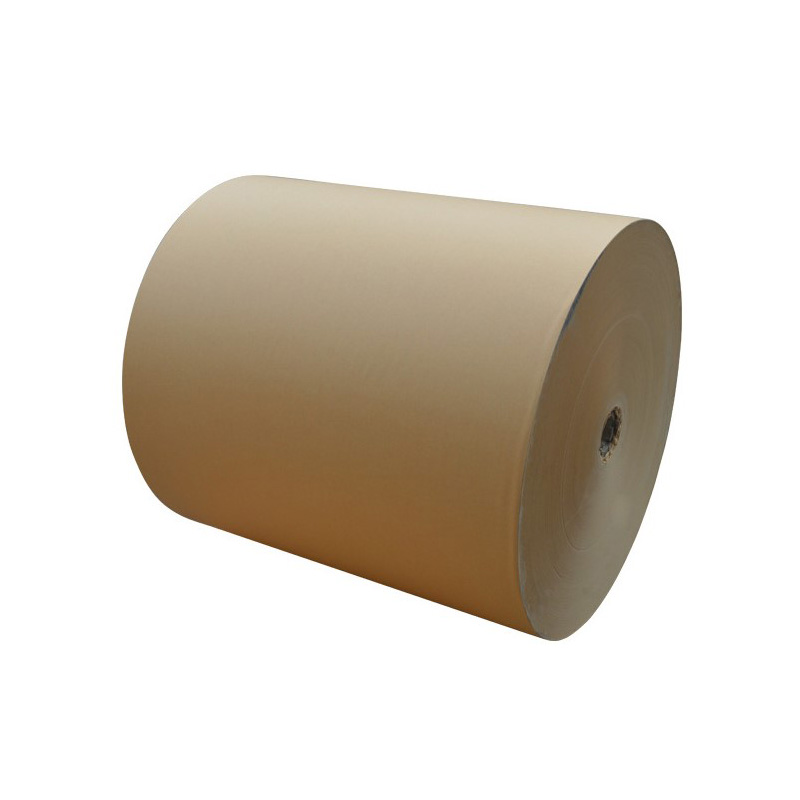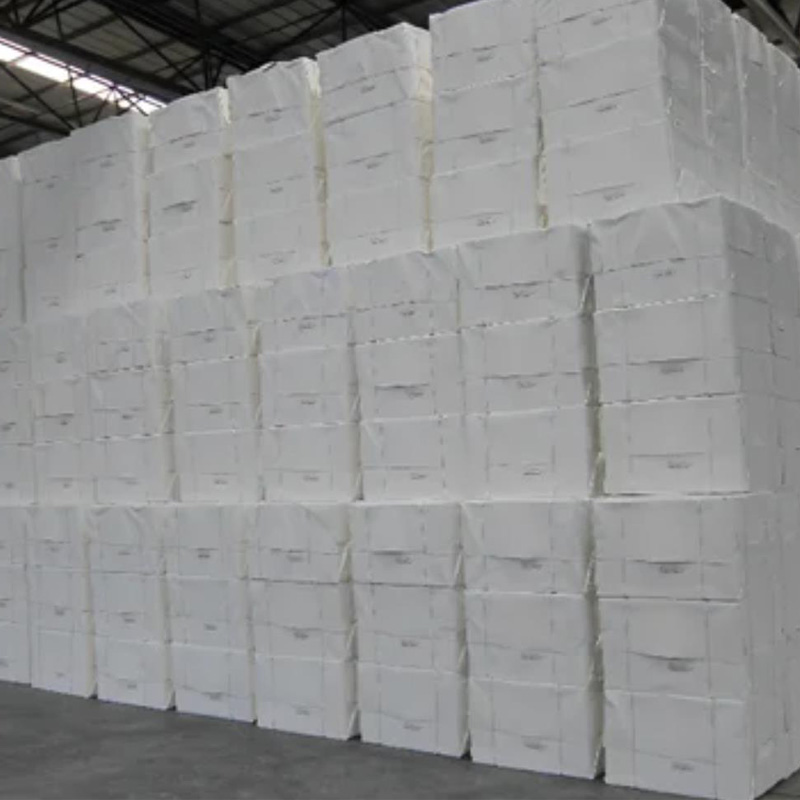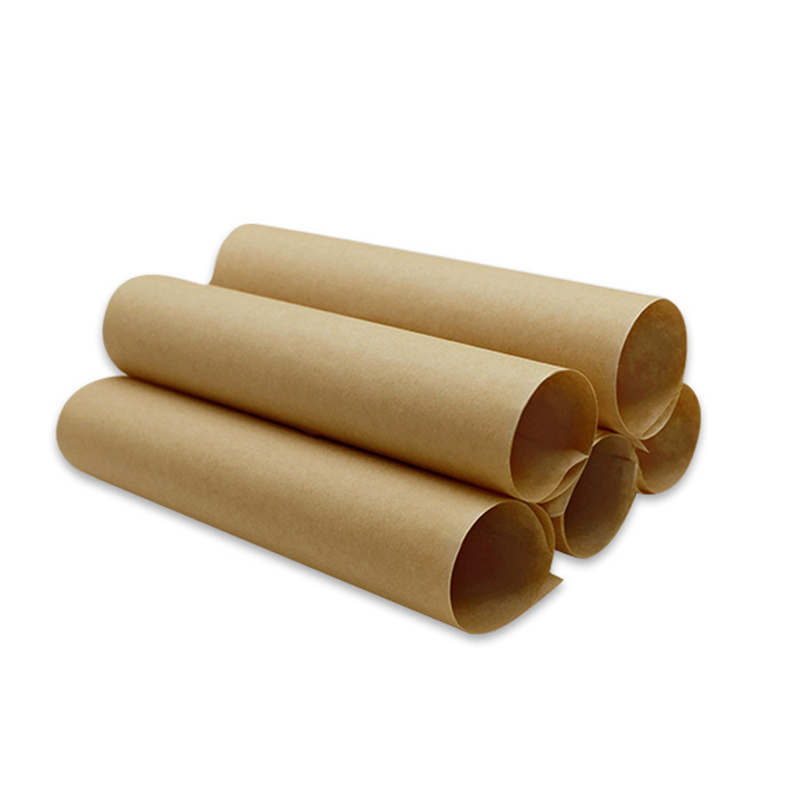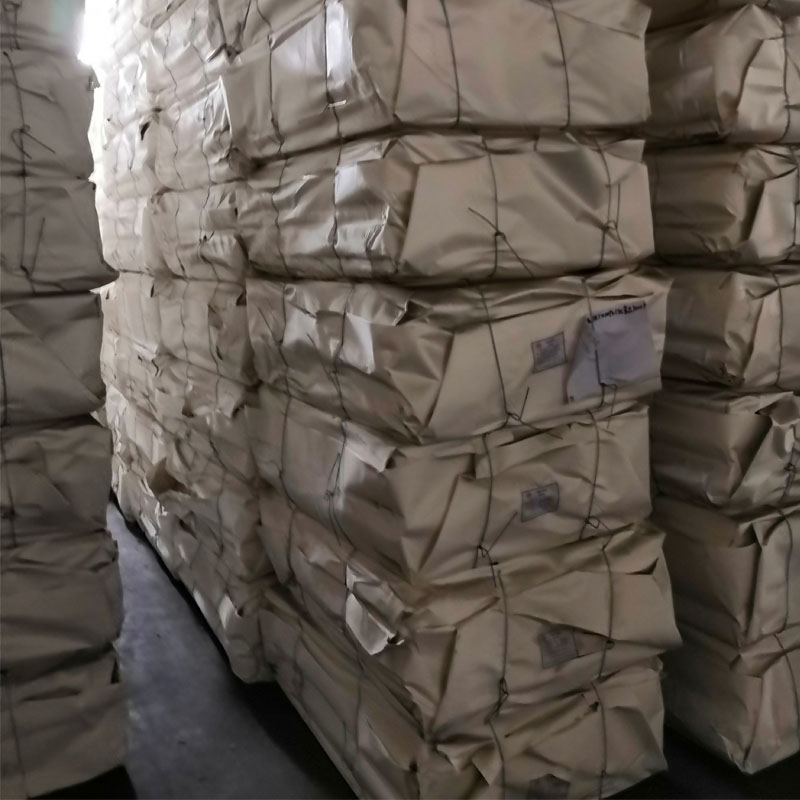
- Jiangdong Str., Yiwu, Zhejiang, China.
- [email protected]
- +8615680886387
Sugarcane Bagasse Pulp Bleached White Paper Pulp Supplier
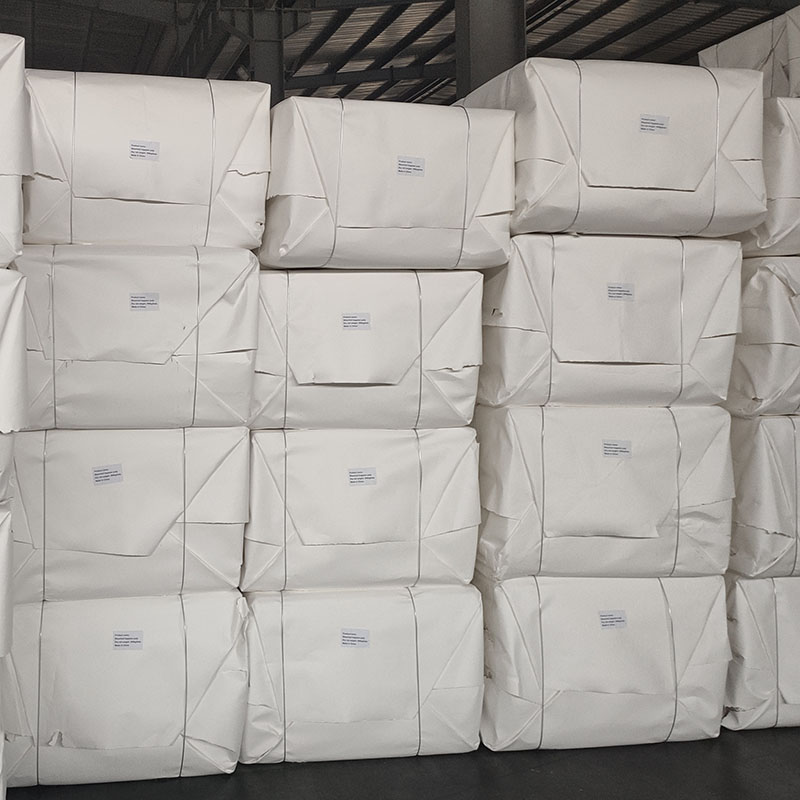
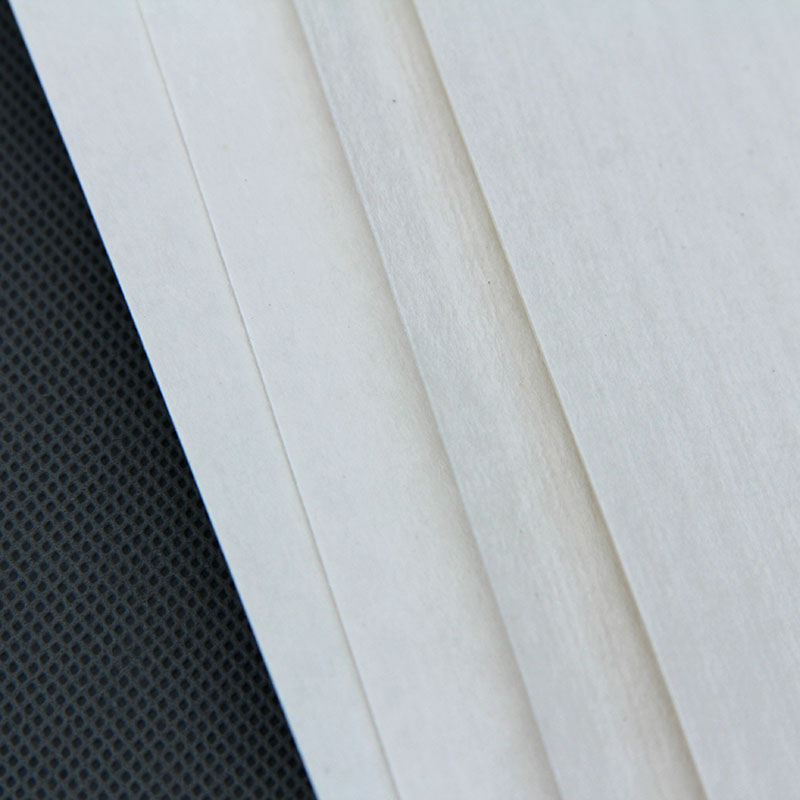
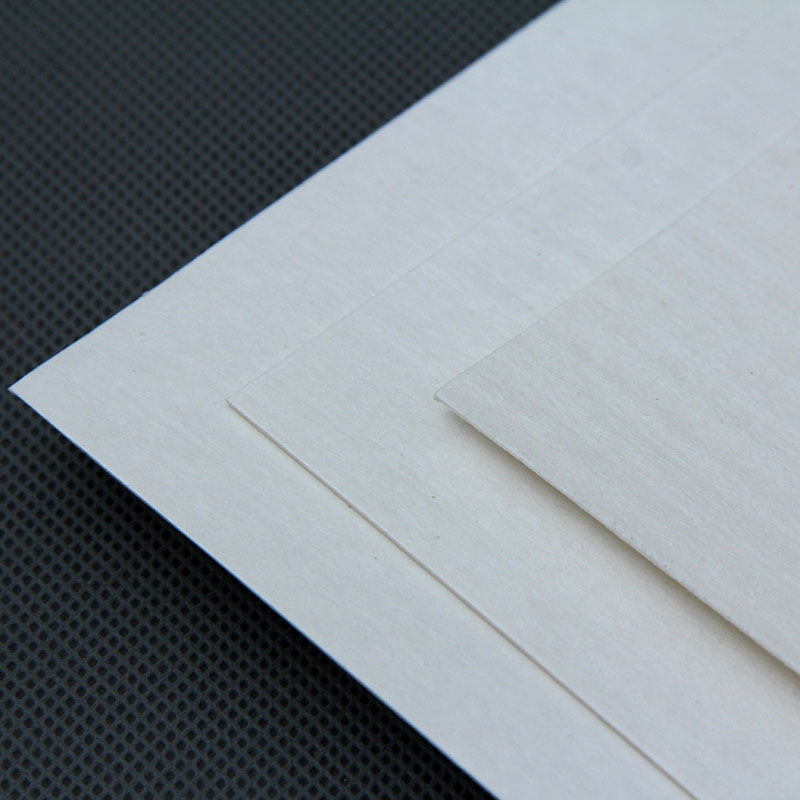
Sugarcane bagasse pulp is a type of pulp made from the fibrous residue left after extracting juice from sugarcane stalks during the sugar production process.
The length of sugarcane bagasse pulp fiber is shorter compared to bamboo pulp and wood pulp.
Sugarcane bagasse pulp is valued for its renewable and sustainable nature, as it utilizes a byproduct of the sugarcane industry that would otherwise be discarded or burned as waste.
Using bagasse as a raw material for pulp production helps reduce the pressure on natural forests that are traditionally harvested for wood pulp, thus contributing to conservation efforts and environmental sustainability.
Sugar cane pulp offers an eco-friendly alternative to traditional wood pulp, providing a renewable and readily available source of cellulose fibers for various industrial applications.
Properties | Unit | Value |
Drainability | oSR | 20-24 |
Brightness | % | ≧80 |
Dirt count (0.3-0.99mm2) | mm2 /500g | ≦35 |
Dirt count (1.0-4.99mm2) | mm2 /500g | ≦5 |
Dirt count (≧5.0mm2) | piece/500g | None |
Tensile index | N.m/g | ≧45 |
Burst Index | KPa·m2g | ≧4.0 |
Tear index | mN·m2g | ≧4.5 |
Viscosity | cm3/g | ≧550 |
Moisture | % | 14±2 |
Fiber wet weight | g | ≧1.7 |
PH |
| 6.5-8.0 |
Bale size: 700*800*600 mm/bale
Air dry weight: 250 kg/bale
We offer free samples of bleached sugarcane bagasse pulp for customer to test.
We can arrange the shipment for customer, by train or by sea. For international shipments, bagasse pulp can be transported by sea freight using cargo ships. Maritime shipping is suitable for large volumes of pulp and offers cost-effective transportation over long distances.
A 20’GP container has the capacity to carry 20 tons of bagasse pulp.
What is sugarcan bagasse pulp used for?
Our sugarcane bagasse pulp can be used in various industries:
- Papermaking:
– Printing paper
– Copy paper
– Writing paper
– Newsprint
– Tissue paper
– Specialty papers
- Packaging:
– Corrugated cardboard
– Carton board
– Molded pulp packaging (e.g., egg cartons, trays, and food containers)
– Packaging fillers and cushioning materials
- Disposable Products:
– Plates
– Bowls
– Cups
– Food containers
– Cutlery (e.g., forks, knives, spoons)
– Straws
- Construction and Building Materials:
– Insulation boards
– Ceiling tiles
– Particle boards
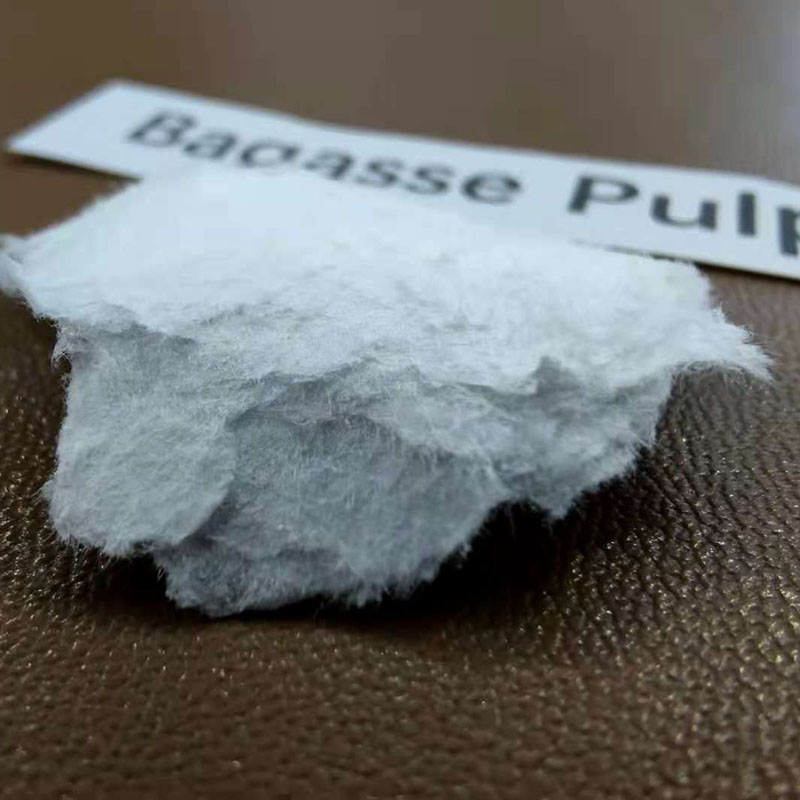
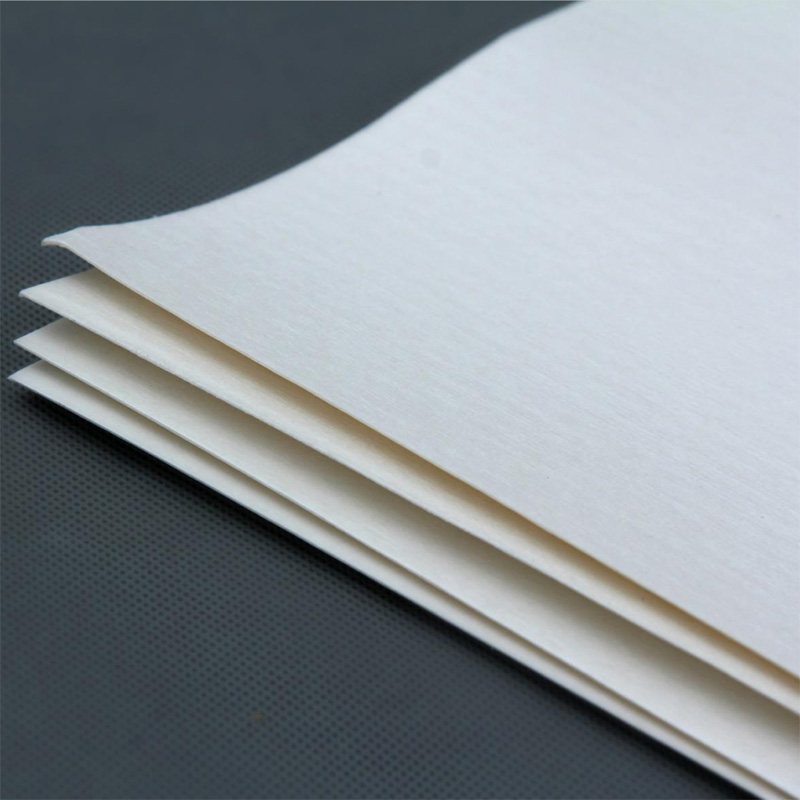
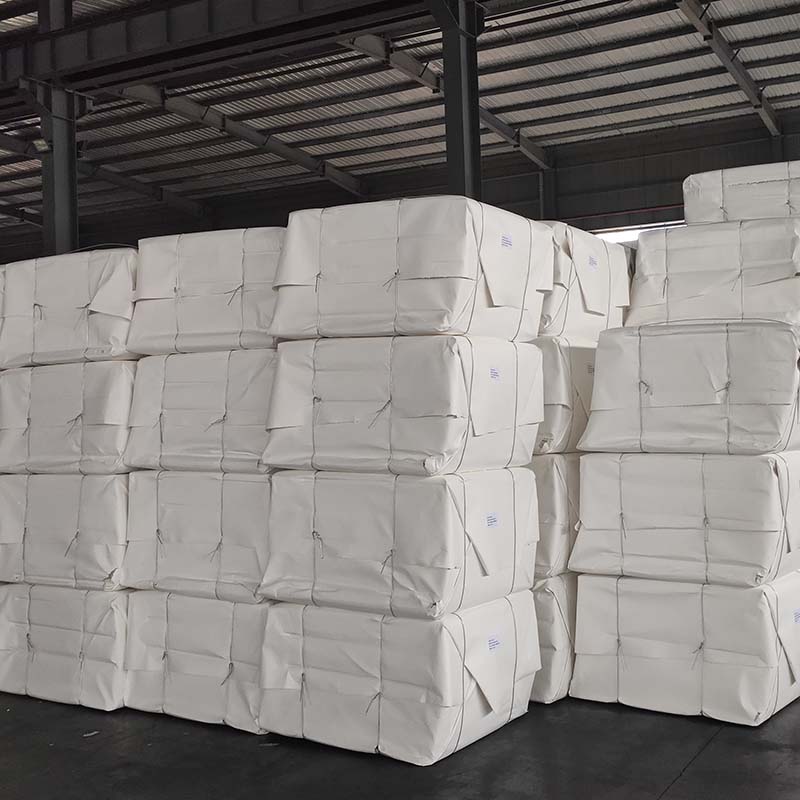
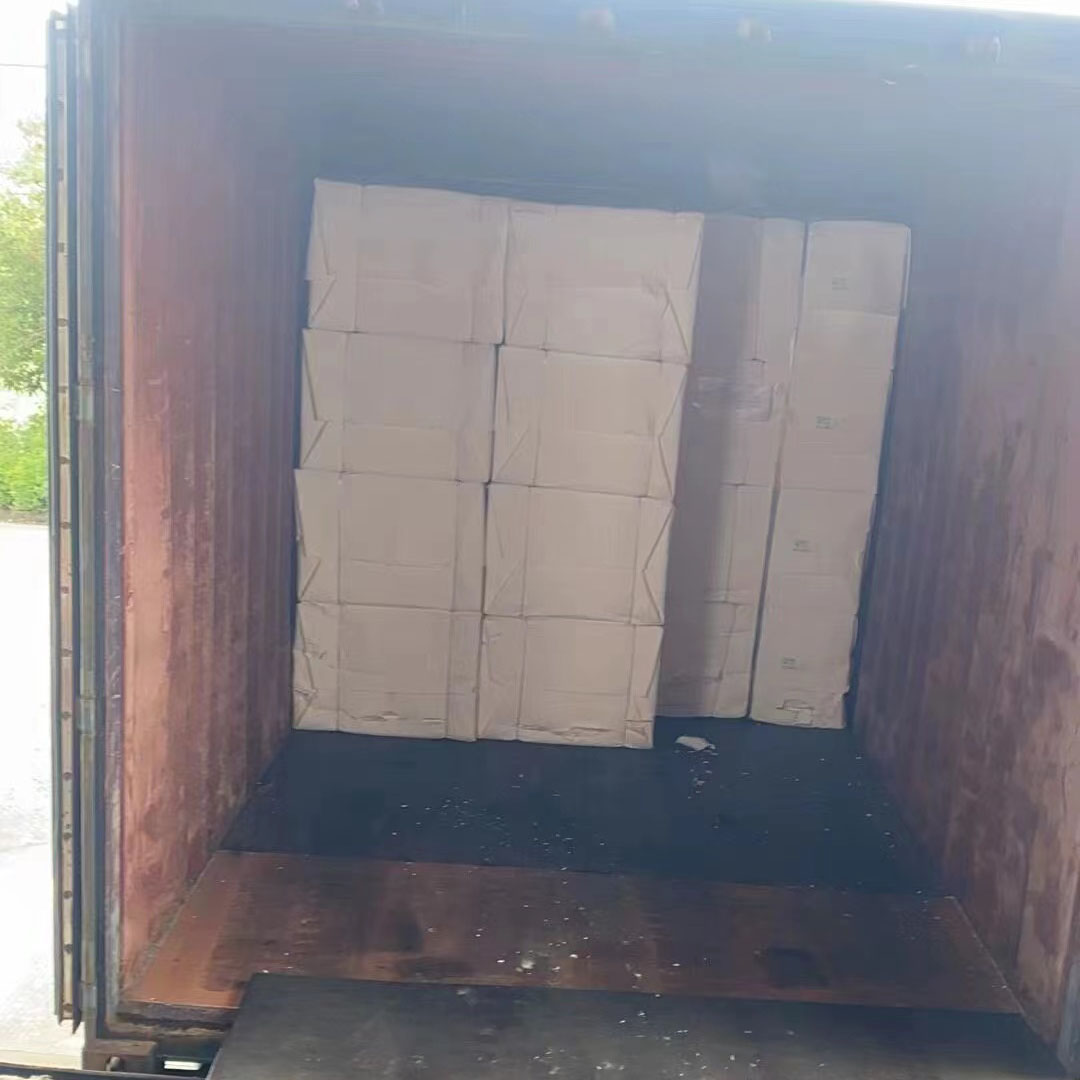
The advantage of sugarcane bagasse pulp
1. Renewable Resource: Bagasse pulp is derived from sugarcane waste, a renewable and abundant agricultural byproduct. Using bagasse as a raw material reduces reliance on finite natural resources and helps alleviate pressure on forests, contributing to sustainability.
2.Waste Utilization: Bagasse pulp utilizes a waste product from the sugar industry that would otherwise be disposed of or burned, leading to environmental pollution. By converting bagasse into pulp, it reduces waste and supports more efficient use of resources.
3.Biodegradability: Products made from bagasse pulp are biodegradable, meaning they can break down naturally over time, reducing environmental impact and waste accumulation. This makes them a preferable alternative to non-biodegradable materials like plastics.
4.Low Environmental Impact: The production of bagasse pulp typically involves less chemical processing compared to some other types of pulp, such as wood pulp. This results in lower emissions, reduced water usage, and less pollution, contributing to a smaller environmental footprint.
5.Cost-Effectiveness: Bagasse is often available at low cost, as it is a byproduct of the sugar industry. This can make bagasse pulp a cost-effective raw material compared to traditional wood pulp, helping to lower production costs for paper and packaging manufacturers.
6.Versatility: Bagasse pulp can be used to produce a wide range of products, including paper, packaging materials, disposable products, construction materials, and more. Its versatility makes it suitable for various industries and applications.
7.Eco-Friendly Brand Image: Companies that utilize bagasse pulp in their products can benefit from a positive eco-friendly brand image, appealing to environmentally conscious consumers and meeting sustainability goals.
Sugar cane pulp offers a sustainable, cost-effective, and versatile alternative to traditional pulp sources, providing numerous advantages for both industries and the environment.
More products
Yiwu Jinrui is a professional supplier in the paper industry established in 2000, from paper raw materials bamboo pulp, bagasse pulp, wood pulp to various base papers.
© 2024 Yiwu Jinrui, All Rights Reserved.

